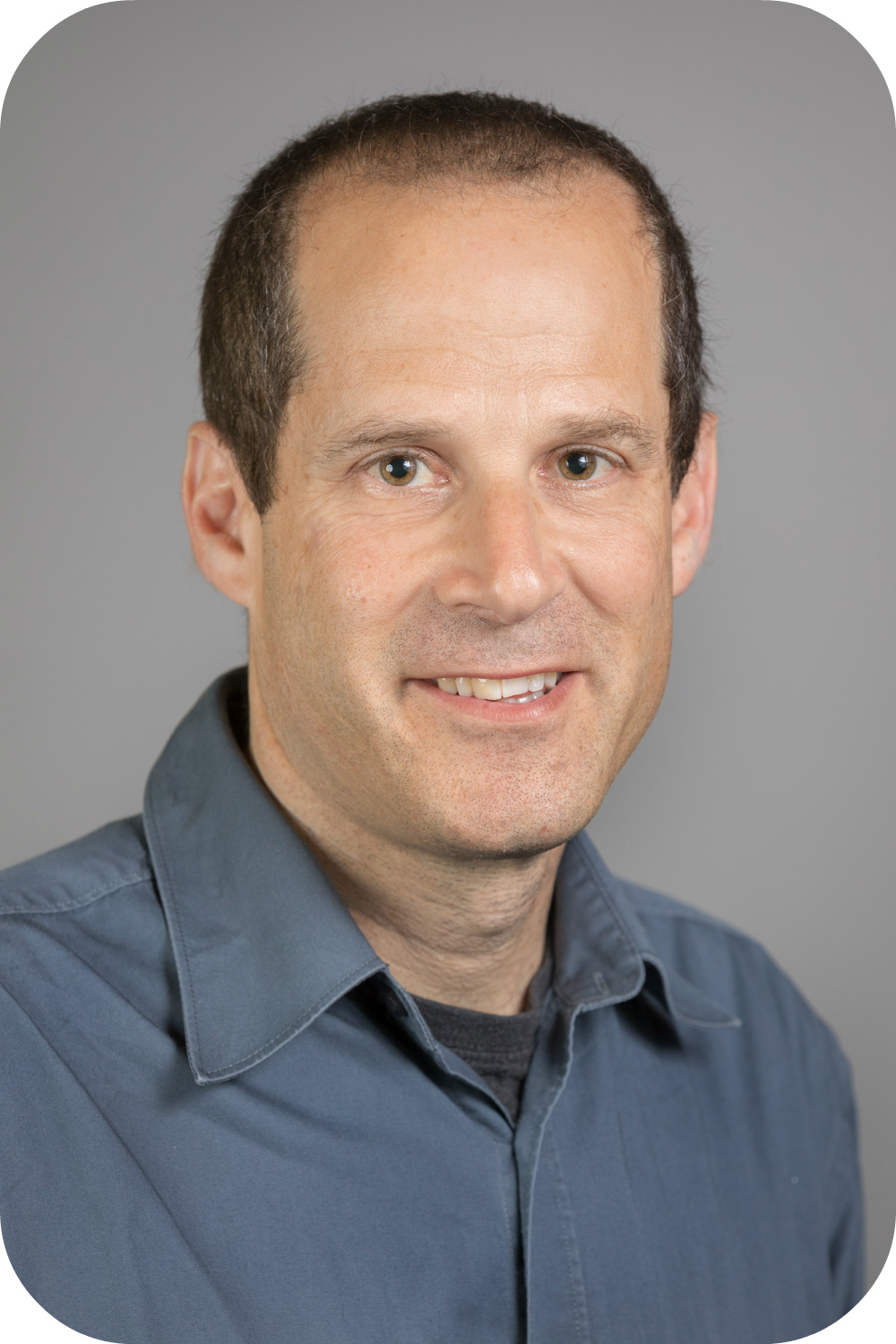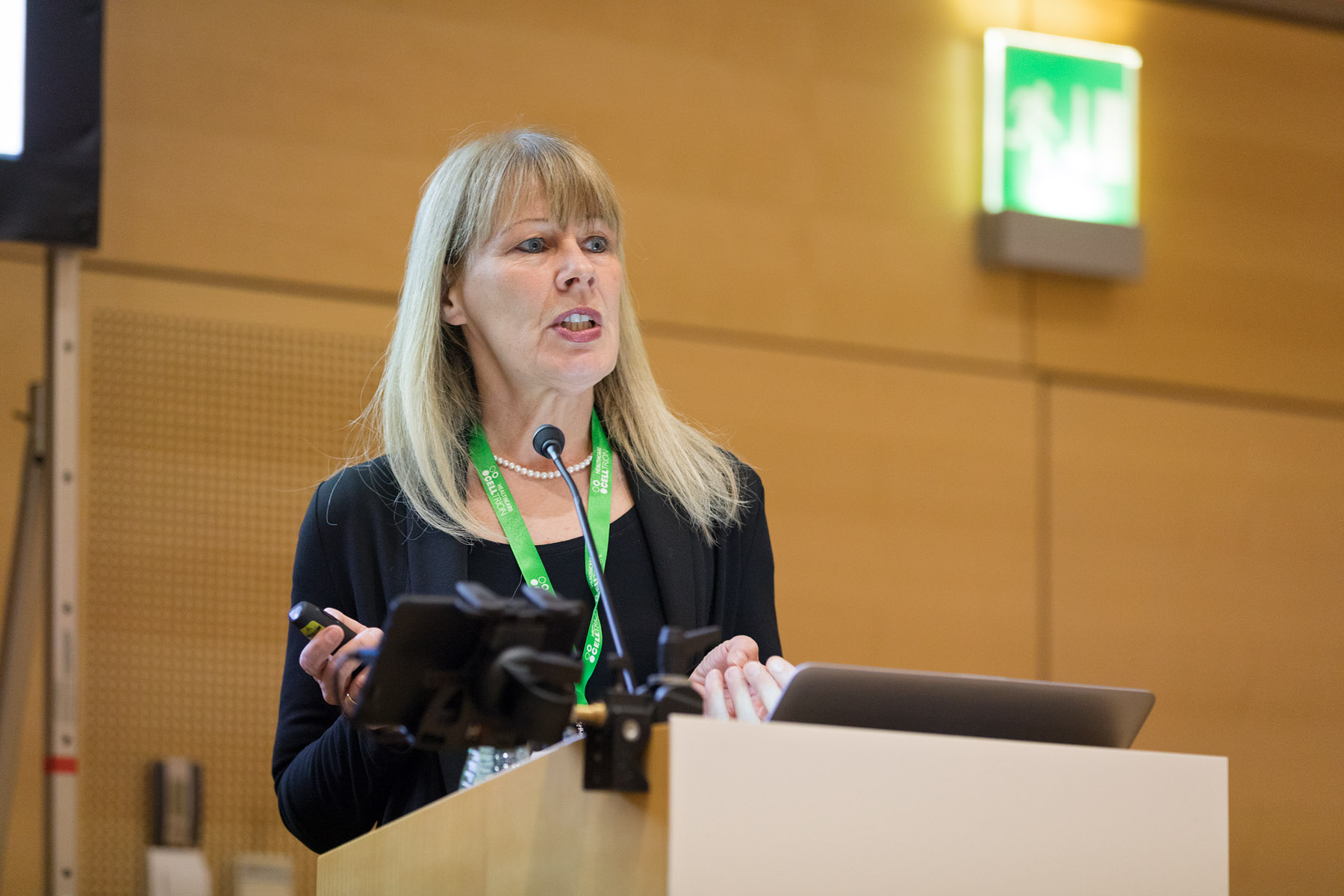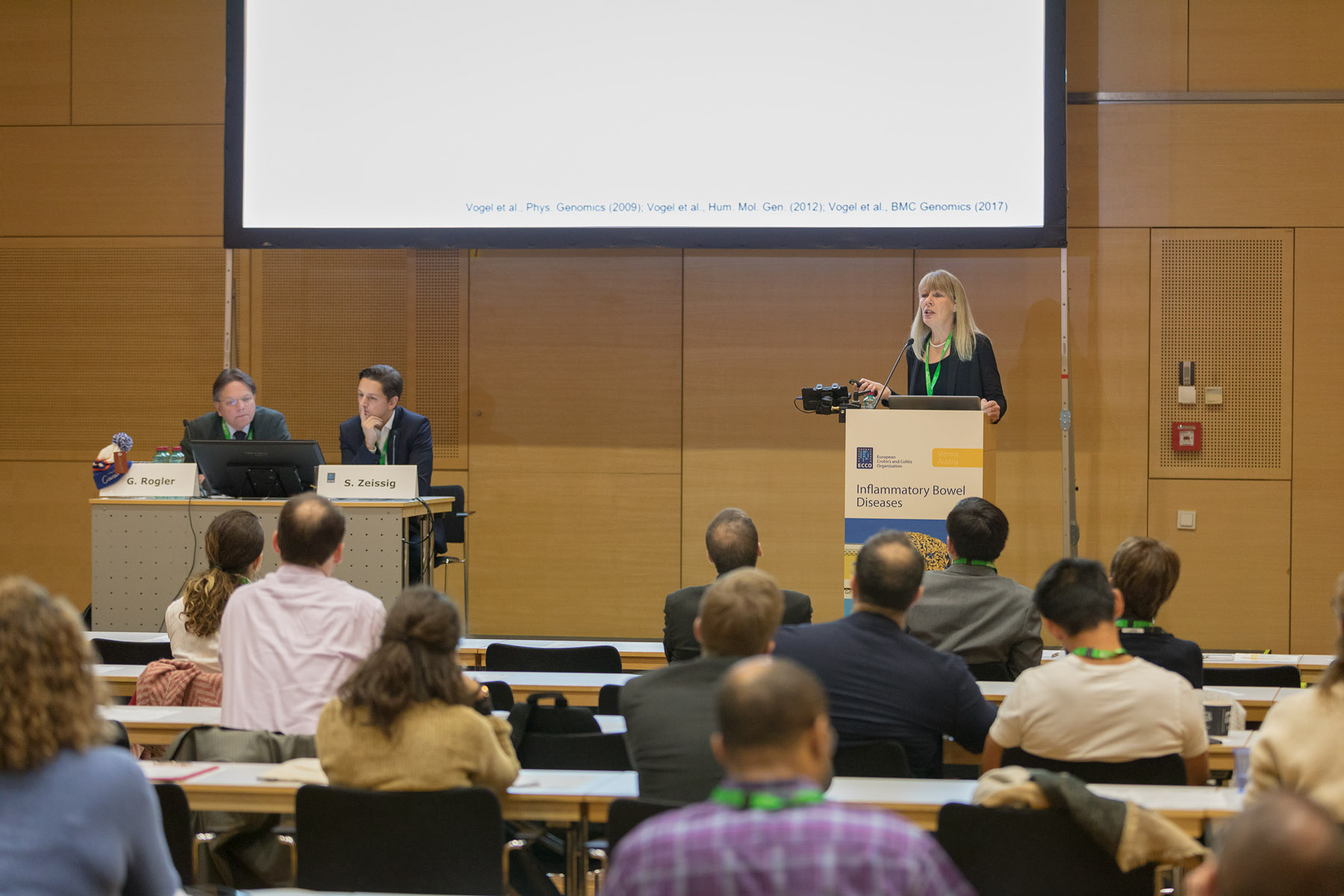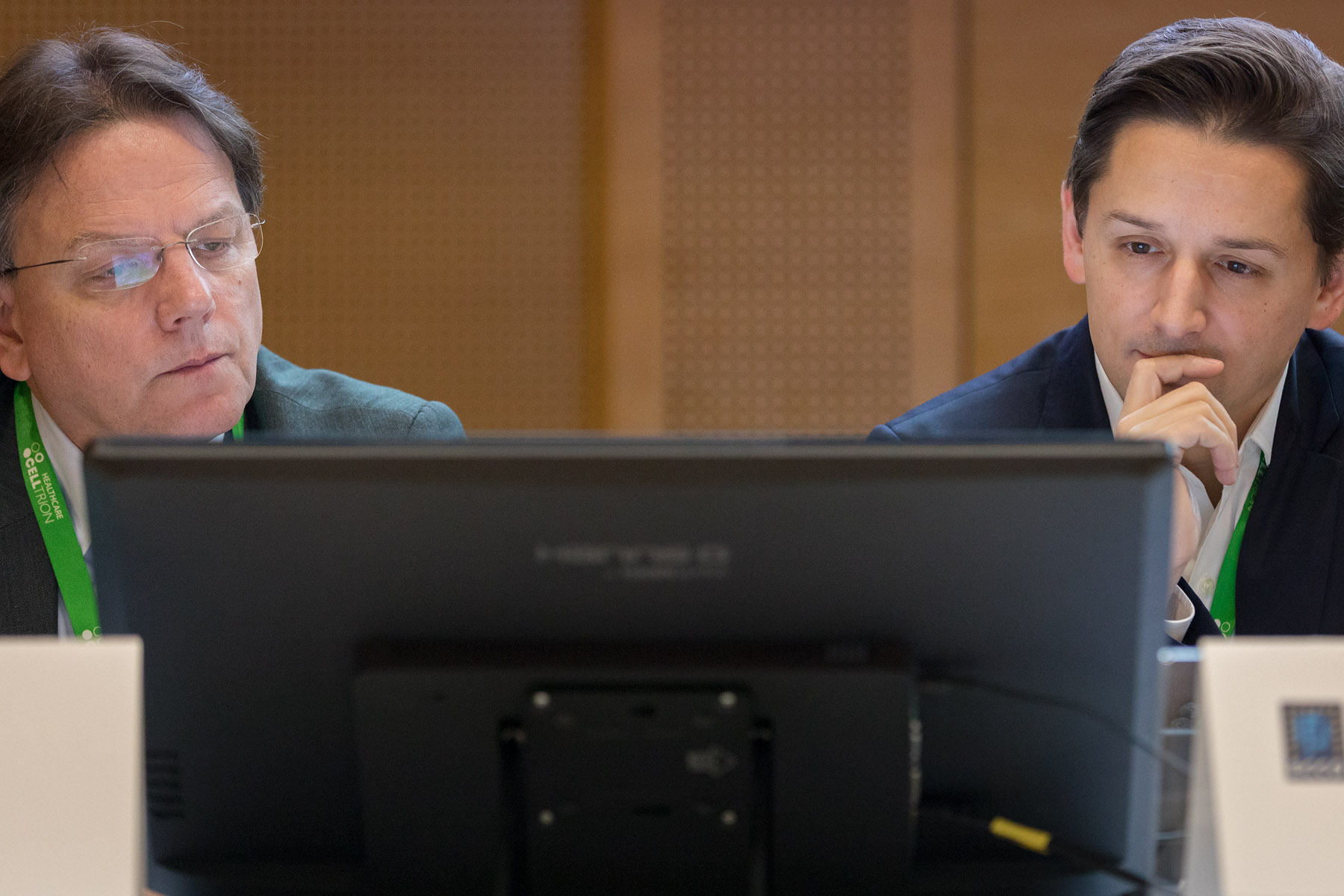Report on the 6th SciCom Workshop at ECCO'18
Shomron Ben-Horin and Michael Scharl, SciCom Members
 Shomron Ben-Horin © ECCO |
 Michael Scharl © ECCO |
Fat in IBD – Much more than an innocent bystander
Within the framework of the 6th SciCom Workshop, the role of fat and lipids in IBD pathogenesis was highlighted. Six highly interesting talks shed light on the fact that fat is much more than an innocent bystander in IBD.
Annette Schürmann from Nuthetal, Germany, provided insights into the role of fat and inflammation in obesity. Initially she provided an overview about the physiological function of different fat types in the human body and how they contribute to tissue homeostasis. She then focussed especially on mechanisms contributing to fat liver inflammation and the particular role of DPP4 in insulin resistance and development of non-alcoholic steatohepatitis (NASH).
 6th SciCom Workshop at ECCO'18, Vienna © ECCO 6th SciCom Workshop at ECCO'18, Vienna © ECCO |
Sebastian Zeissig, Dresden, Germany, introduced the various roles of lipids in immunity and highlighted technical challenges associated with lipid research. Analytical methods often feature several limitations and obtaining a complete overview of lipid profiles in biological samples is difficult. He further presented data demonstrating how microbial and self-derived lipids can regulate immunity in the liver and the intestine through the activation of lipid-reactive natural killer T (NKT) cells and NKT cell-dependent inflammation.
Britta Siegmund from Berlin, Germany, then reviewed current data on whether abdominal fat might be able to control intestinal inflammation. In Crohn's Disease a particular phenomenon called 'creeping fat' can be observed. This hyperplastic mesenteric fat tissue not only grows around inflamed small intestinal segments but also affects regulation of the mucosal immune system, contributing to the disease.
 6th SciCom Workshop at ECCO'18, Vienna © ECCO 6th SciCom Workshop at ECCO'18, Vienna © ECCO |
Silvio Danese, Milan, Italy, reviewed experimental data and clinical observations relating to the role of angiogenesis and lymphangiogenesis in the mesenterium as potential propagators of IBD. Specifically, disrupted increased lymphangiogenesis is postulated to result in reduced antigen clearance and diminished removal of inflammatory cells (primarily macrophages) from the bowel wall, thereby propagating immune-driven inflammation in situ. Interestingly, human lymphangiogenic factor VEGF-C was able to restore lymph vessel architecture and ameliorate disease in murine models of colitis.
Ren Mao from Cleveland, United States, presented the long-observed but little understood phenomenon of ‘creeping fat’ overlying the intestinal wall of Crohn’s Disease (CD) patients and its possible association with the aetiopathogenesis of stricturing disease in some – but not all – CD patients. Mao showed experimental data supporting the hypothesis that cross-talk exists between adipocytes, muscle cells and fibroblasts in the muscularis propria layer of the gut, whereby these cell subsets are able to secrete soluble factors that attract and promote the proliferation of other subsets, possibly creating a vicious cycle leading to segments with thickened and fibrous muscle and submucosal layers and eventual intestinal stenosis and fibrosis.
 6th SciCom Workshop at ECCO'18, Vienna © ECCO 6th SciCom Workshop at ECCO'18, Vienna © ECCO |
Finally, Sreedhar Subramanian from Liverpool, United Kingdom, discussed how fat and fatty tissue can modulate the response to therapy in IBD patients, particularly with respect to biologic therapy. Clinical observations from multiple studies, he pointed out, show a reduced rate of response in obese patients. Some of these observations may be related to the fatty tissue acting as an additional source of inflammatory cytokines, which increase the inflammatory burden of disease. In addition, increased body mass alters the pharmacokinetics of IgG biologics, such as anti-TNFs, and obese patients receiving fixed-dosed anti-TNFs are known to have lower levels of the drug, potentially explaining – at least partially – the reduced rate of response.


